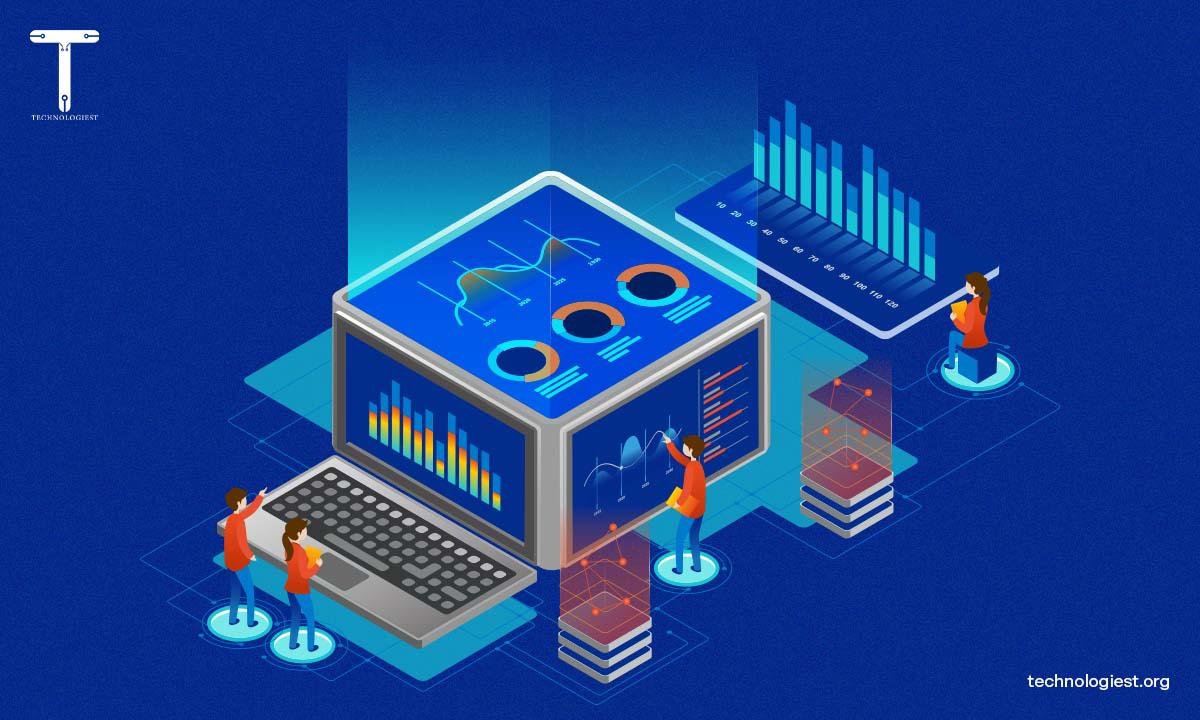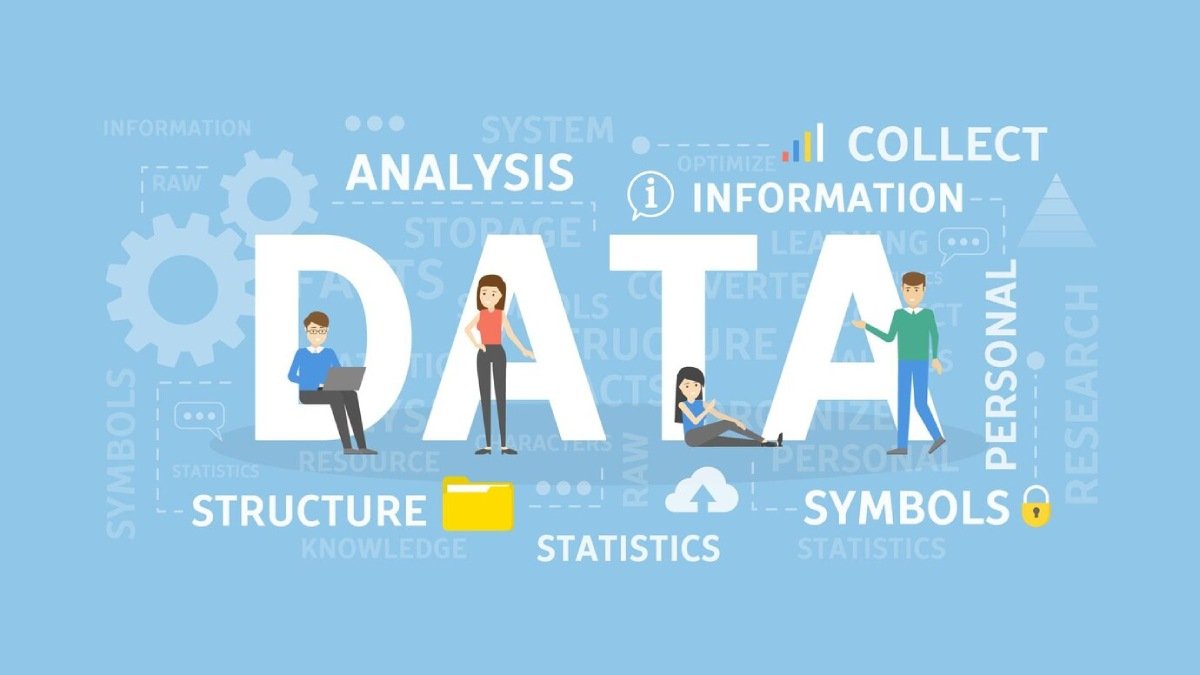
An essential step in the fields of research and information technology is data collecting. It entails obtaining information from a variety of sources in order to analyze and understand it. But sorting through the deluge of data to find the real deal in terms of data collecting can be difficult. We examine the realities underlying frequent misunderstandings and ambiguities as we dig into the complexities of data collecting in this essay on ‘Which of the following is true regarding data acquisition’.
Table of Contents
ToggleWhat is Data Acquisition?

Understanding the basic idea of data capture is crucial before exploring its reality. Data acquisition is the process of obtaining information from a range of sources, such as sensors, instruments, and other devices, for storage, analysis, and further processing.
It is the foundation for many applications, including scientific research, environmental monitoring, and industrial automation.
The Importance of Accurate Data Acquisition

For information technology and research, accurate data collection is essential. One could say this much. It serves as the cornerstone for reliable perceptions, prudent decisions, and scientific discoveries.
Accurate data gathering is not only a desirable attribute but also a prerequisite for ensuring the validity and coherence of the collected data. Let’s look more closely at why accurate data collecting is so important:
1. Basis For Well-Informed Decision-Making
Well-informed judgments are made based on accurate data collecting. Decisions based on imprecise or lacking data can result in less-than-ideal results and lost opportunities in a variety of contexts, including corporate analytics, industrial operations, and scientific research.
By guaranteeing the precision and dependability of gathered information, establishments may make informed choices that propel productivity and prosperity.
2. Credibility and Trust
These are crucial at a time when data-driven insights are influencing policies and legislation. Accurate data collection promotes trust among stakeholders by guaranteeing the consistency and caliber of the information required to make choices.
Accurate data collection boosts trust and confidence in the data, whether it is being used to convey findings to stakeholders, publish research in peer-reviewed journals, or show compliance with legal obligations.
3. Facilitates Meaningful Analysis
Accurate data gathering is necessary for meaningful analysis and interpretation. With the use of high-quality data, researchers and analysts may uncover connections, identify patterns, and derive significant insights that may otherwise go overlooked.
Exact data gathering is essential for providing actionable insights and promoting innovation in a variety of fields, including market trends, industrial process optimization, and complex phenomenon resolution.
4. Facilitates Efficient Resolution of Issues
Accurate data collection is essential in problem-solving scenarios to diagnose problems, pinpoint underlying causes, and put workable solutions in place.
Accurate and timely data is essential for making well-informed decisions and effectively addressing obstacles, whether they are related to improving performance, managing quality control concerns, or repairing malfunctioning equipment.
5. Encourages Continuous Growth
Rather than being a one-time event, accurate data collecting is a continuous activity that encourages optimization and continuous growth.
By collecting accurate data over time, organizations may monitor trends, analyze performance indicators, and identify opportunities for development.
Precise data collection provides the necessary understanding to facilitate ongoing enhancement endeavors, including process streamlining, resource distribution, or market adjustment.
Debunking Common Myths

It’s critical to dispel the following myths and misconceptions in order to find out which of the following is true regarding data acquisition:
Myth 1: Gathering Data Is An Easy Process
Contrary to common assumptions, obtaining data is not an easy task. It entails a number of intricate steps, such as choosing the right sensors, making sure data-collecting systems work with them, and putting strong data management plans in place.
Additionally, factors such as environmental conditions, signal noise, and calibration requirements further complicate the process.
Myth 2: Greater Input Produces Better Outcomes
Although gathering a lot of data could appear beneficial, when it comes to data acquisition, quality is more important than quantity.
Excessive data collection without a defined goal might cause information overload and impede insightful analysis.
Rather, concentrating on gathering pertinent data points that correspond with study goals improves the efficacy and efficiency of data collection activities.
Myth 3: Every Data Gathering System Is the Same
Every data-gathering system is not made equal. Distinct applications require distinct functionalities, such as multiplexing capabilities, high-speed sampling rates, or compatibility with certain sensor types.
Because of this, selecting the most appropriate data collection method according to the specific requirements of each project is crucial to generating reliable and accurate results.
Truths About Data Acquisition

Now that we’ve dispelled common myths surrounding data acquisition, let’s explore which of the following is true regarding data acquisition:
Truth 1: Data Acquisition Requires Precision and Calibration
Accurate measurements require accuracy and calibration throughout the data-collecting process.
By limiting mistakes and uncertainties, calibrating sensors and devices improves consistency and dependability in data collecting.
Preserving the integrity of data collecting systems and maximizing performance need routine maintenance and calibration procedures.
Truth 2: Real-Time Monitoring Enhances Data Acquisition
Engineers and researchers may continually monitor data-collecting procedures thanks to real-time monitoring features.
The prompt identification and resolution of deviations and irregularities are made possible by the real-time monitoring of signals, parameters, and system status.
Real-time monitoring expedites decision-making and enhances data quality assurance in critical applications.
Truth 3: Data Acquisition Integrates Multiple Technologies
Data acquisition often involves the integration of various technologies to capture and process data effectively.
Leveraging multiple technologies increases the variety and capacities of data collection systems, from sensor technologies for monitoring physical events to sophisticated data-gathering software for analysis and visualization.
Truth 4: Data Acquisition Facilitates Easier Data Analysis and Interpretation
The ultimate goal of data collecting is to get practical insights via analysis and interpretation. Data is meticulously analyzed to search for connections, trends, and patterns once it has been collected.
Sophisticated analytical techniques, such as statistical modeling and machine learning algorithms, which aid in the extraction of valuable information from unstructured data, enable intelligent decision-making and hypothesis testing.
Challenges and Considerations
Despite the truths underlying data acquisition, several challenges and considerations warrant attention:
First Challenge: Privacy and Security of Data
Data privacy and sensitive data protection are growing priorities along with the proliferation of data collection technology.
It is necessary to implement robust security measures, such as access limits and encryption techniques, in order to protect data integrity and confidentiality.
Second Challenge: Scalability and Flexibility
Scalability and flexibility are critical as data gathering needs change. Efficient adaptability to shifting requirements is made possible by scalable data-collecting systems that can handle fluctuations in data quantities and processing demands.
Flexibility in system configuration and deployment further enhances versatility and usability.
Third Challenge: Interoperability and Standardization
Promoting compatibility and smooth integration across various data-collecting technologies and devices requires standardization and interoperability.
Respecting industry standards and protocols makes data sharing easier, encourages cooperation between many stakeholders, and improves interoperability.
Conclusion
In conclusion, understanding which of the following is true regarding data acquisition is essential for harnessing its full potential in various applications.
Researchers, engineers, and practitioners may confidently and clearly traverse the difficulties of data collecting by dispelling popular fallacies and embracing key realities.
Data capture is a fundamental component of current invention and discovery, thanks to its accuracy, calibration, and integration of many technologies.
You May Like Also: